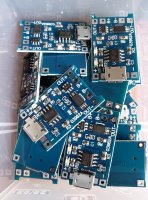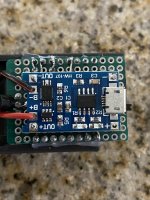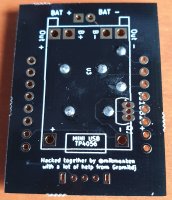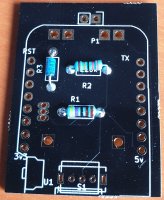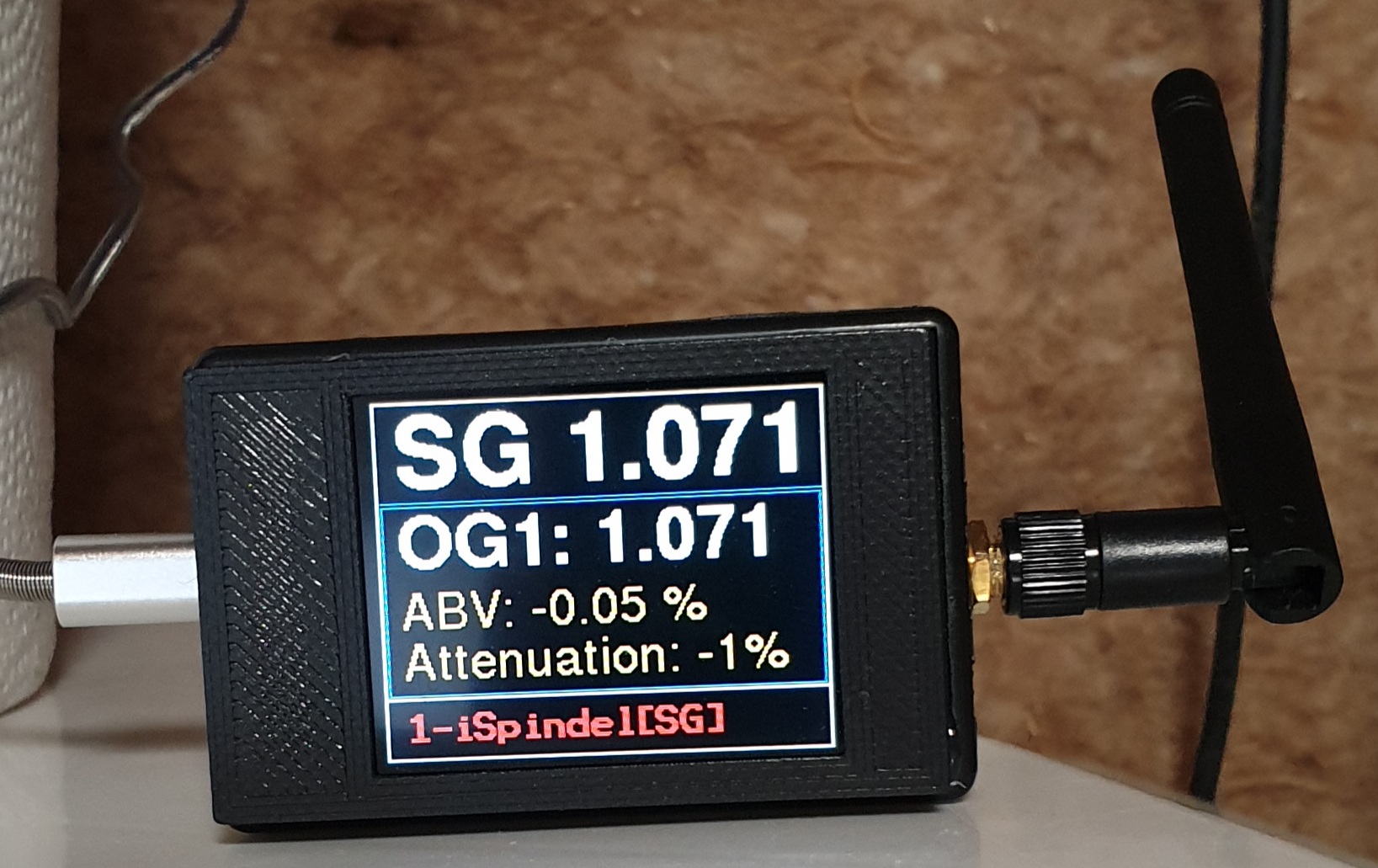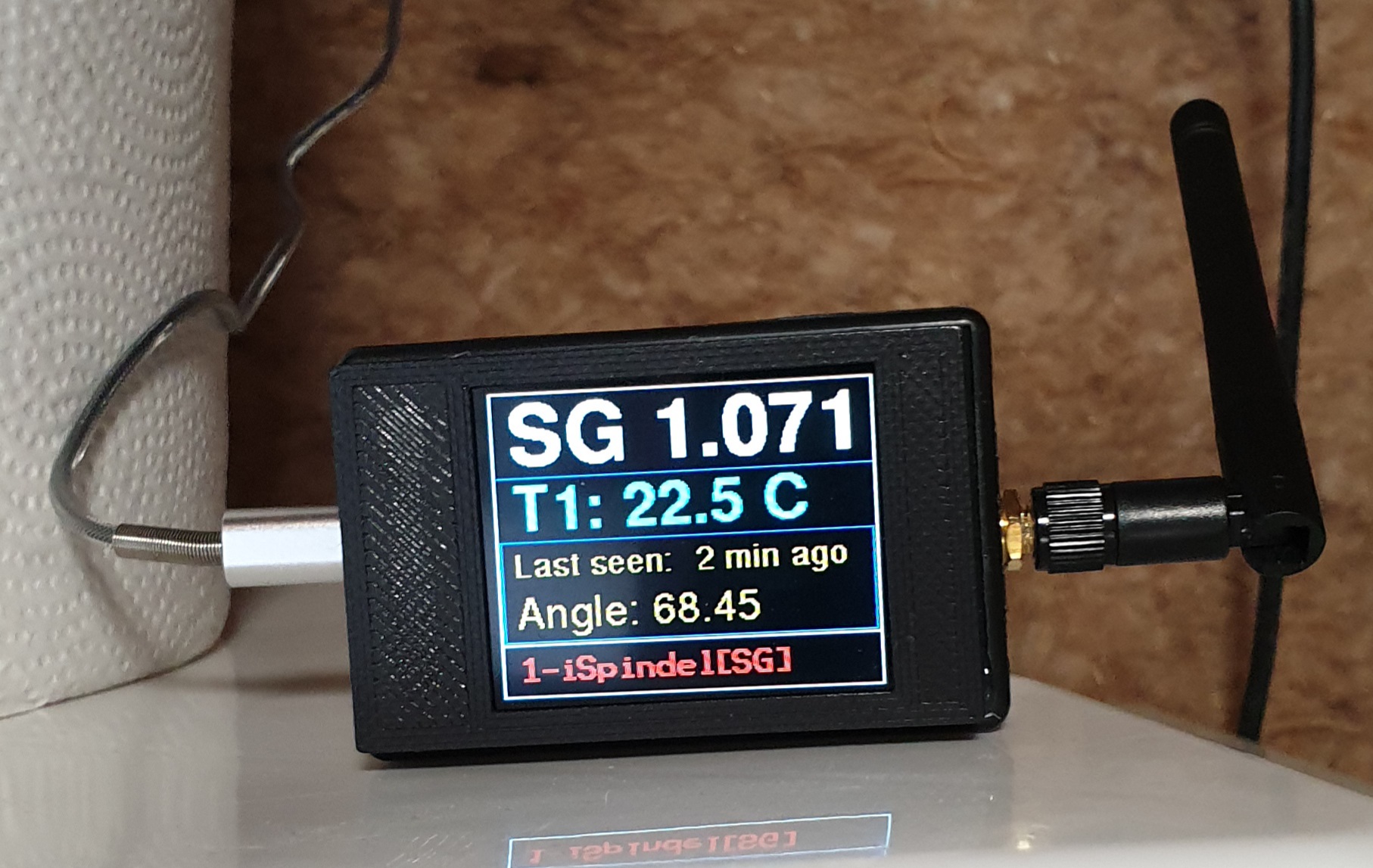I used the "search this thread" feature for keywords but didn't see anything on the subject. Forgive me if I missed it.
How are people's battery life? I've had battery issues with my iSpindel. My battery was dying within 9 days of fermentation.
While my device is typically inside a SS Brew Bucket, inside a fridge (with a glass door), it's 6 feet away from the modem. Thinking it was possible it was the signal strength, I put it directly next to the modem as a test and it still died within 9 days. Thinking this must be the battery, I replaced it.
Now, the new battery dies in 17 days. I understand it's not particularly good for these batteries to die, so I imagine it's lifespan will get worse over time.
I'm reporting data every 30 minutes, which I understood on the iSpindel website that it could last for almost 3 months. I may not need 3 months of use, but I'm at least hoping it can last through my primary fermentation schedule. I've double checked my data points on Ubidots and it's pretty much spot on every 30 minutes.
I thought maybe I'd query what other's battery usage is like? Is this out of the ordinary?
I'm using NCR18650B Li-ion MH12210 batteries.
This was not purchased pre-assembled. My buddy put it together for me and he followed the schematic/instructions on the iSpindel site. On the schematic, there's an option to use either a diode or a resistor. He ended up choosing the resistor because he had them on hand. But even then, he suggested this shouldn't affect power consumption.


























![Craft A Brew - Safale BE-256 Yeast - Fermentis - Belgian Ale Dry Yeast - For Belgian & Strong Ales - Ingredients for Home Brewing - Beer Making Supplies - [3 Pack]](https://m.media-amazon.com/images/I/51bcKEwQmWL._SL500_.jpg)































